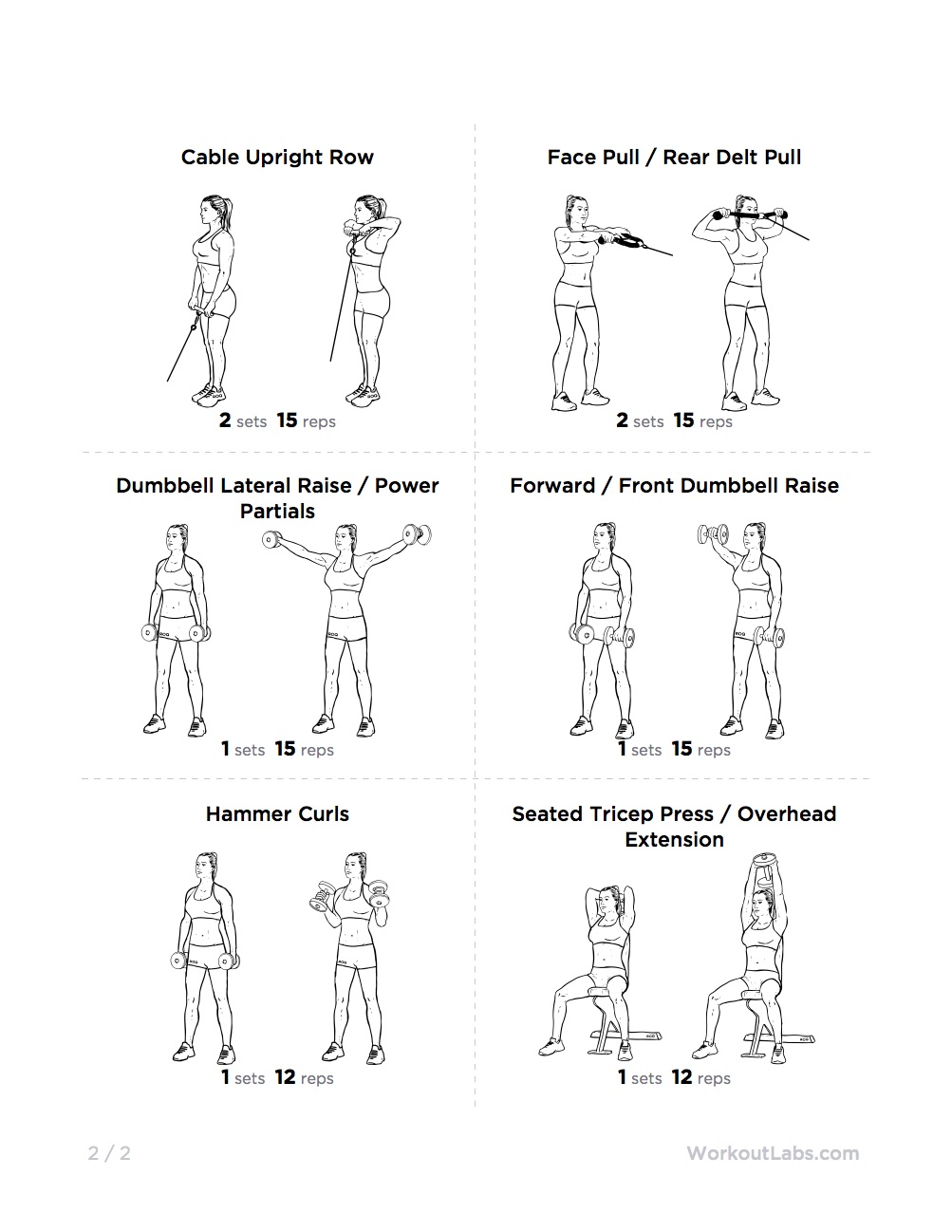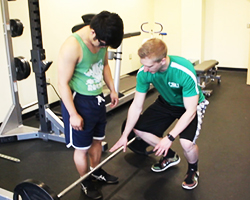
There are some things to keep in mind when it comes to the best workouts for 35-year-old males. Your testosterone level remains high. It peaks between the ages of 16-18, and if you take care of yourself, it will still remain high. However, testosterone will not have any significant effect on muscle growth.
Do compound lifts
Compound lifting exercises are designed to target all muscles and not just one. These exercises involve pulling the shoulders back and extending the hips, knees, and hips. Older lifters might not make the same progress as younger lifters but they can still make substantial gains. Make sure you use the correct technique and don't get injured.
A multi-joint joint compound lift workout is perfect for middle-aged women who are looking to increase their testosterone levels and stay fit. These movements reach nearly every muscle group. They increase testosterone production and strengthen aching bones. They are also great for the core, which prevents lower back pain.

Rest
You should consider many things when choosing the best workout for a man aged 35. Older men have greater needs for rest and muscle mass. They may require longer breaks between weight sessions. It is also important that you consider the importance of resting in other areas like sleep. Older men tend to have more responsibilities that younger men. This means they are less likely to get enough sleep or of poor quality. A good night's sleep is vital for muscle growth and maintenance.
Cardio
The first step in designing a cardio workout for a 35-year-old male is to determine the target heart rate. In general, an adult's target heart beat is 220 beats/minute. However, this number may vary depending on the individual. If you are older than 35 years, your goal should be to reach 60 to 70% of your MHR in five minutes.
Next, incorporate short, intermediate, or long distance running into the routine. For example, you could try alternating 400, 800, and 1,000 meter runs. You can also try circuit workouts to increase your fitness level.
Strength training
For 35-year old men, strength training has many health benefits. Older men are more likely to keep their muscle mass than younger ones. However, muscle loss from aging can be slowed with proper training. A 35-year-old male should train every muscle group two to three times per week, focusing on compound movements. He should do four sets of eight to fifteen reps each exercise. To maximize muscle growth, he should adhere to the principles of progressive overload.

A strength training regimen for a 35 year-old male should contain eight to ten exercises in each major muscle groups. For best results, these exercises should be done two to three times per week. Start with one set for beginners. Then, increase the reps by gradually increasing the number of sets to eight to twelve.
FAQ
Are there any exercises I should not do?
Before beginning any new workout program, consult your doctor. There are some people who have medical conditions or injuries that make it difficult to exercise. You may also need special equipment or training for certain activities. Swimming requires you to have a swimsuit and access to the pool.
Is it safe?
If possible, go outside. It's not just the air temperature that determines whether outdoor exercise is safe. The factors that determine whether it's safe to exercise outdoors include wind speed, humidity, rain, visibility, and even visibility. Layers of clothing should be worn if you are exercising outside in inclement temperatures.
Does exercise cause me to lose weight?
Yes. Regular exercise will help you to lose weight by burning extra calories. Regular exercise can help you burn calories even when your metabolism is not high.
Can exercise make me gain weight?
Not at all. In fact, exercise helps you to maintain your current weight. You can build muscle mass and speed up your metabolism by exercising regularly. This means your body will not store as much fat.
Statistics
- In high-income countries, 26% of men and 35% of women were insufficiently physically active, as compared to 12% of men and 24% of women in low-income countries. (who.int)
- Adolescent girls were less active than adolescent boys, with 85% vs. 78% not meeting WHO recommendations of at least 60 minutes of moderate to vigorous intensity physical activity per day. (who.int)
- According to the Centers for Disease Control and Prevention, chronic diseases cause 7 out of 10 deaths in the U.S., and treating chronic diseases accounts for 86% of U.S. healthcare costs. (mana.md)
- Physical activity confers the following maternal and fetal health benefits: a decreased risk of pre-eclampsia, gestational hypertension, gestational diabetes (for example, 30% reduction in risk) (who.int)
External Links
How To
How to Lose Belly Fats More Fast
When trying to lose weight, belly fat is often viewed as a problem. If you look at it, belly fat is actually a positive thing. It's the amount of fat stored around your stomach that protects your organs from getting damaged. Let's look at how to rapidly lose belly fat.
The main factors that contribute to our body fat accumulation are stress and inactivity. Stress makes us feel hungry constantly because it stimulates the production of the cortisol hormone. Cortisol increases insulin levels in our blood. The insulin stores the excess calories as fat. A lack of sleep leads to adrenaline being released into the system which causes an increased appetite. These extra calories are broken down through exercise.
There are many ways to reduce belly fat. Any one of these can be tried, depending on how much you have to spend. Here are some quick tips to get rid of belly weight.
-
Eat less food. Instead of eating three large meals per day, try to eat smaller meals. This way, you'll consume fewer calories overall.
-
Drink lots of water. Water flushes out toxins and keeps you hydrated. Drinking water prior to every meal will ensure that you are satisfied for longer periods of time and won't eat too much.
-
Avoid unhealthy snacks. If you're looking for quick fixes, snack foods like chips, cookies, candies, etc. This might be tempting. Avoid these unhealthy treats. They are full of empty calories, too much sugar, and can be very fattening. Instead, opt for healthy alternatives such as fruits, vegetables and whole grains.
-
Do strength training exercises at least three times per week. Strength training builds muscle mass and burns more calories when you're not working out. Strength training strengthens bones, muscles and ligaments. It can also improve the heart, lungs, joints, and other body systems.
-
Regularly walk or stretch. Stretching is a great way to increase flexibility and mobility. This helps reduce back pain. Walking can help you burn calories.
-
Reduce alcohol intake. Alcohol adds empty calories to your diet and has no nutritional value whatsoever.
-
Slowly lose weight. To lose weight, the first step is to determine what your current weight. Add 5%-10% of your total bodyweight to calculate your ideal size. Once you have calculated your target weight, start reducing calorie consumption by 500-1000 calories daily until you reach your goal.
-
Avoid processed foods. These foods are high-in salt, sugar, as well as preservatives. While processed foods can be convenient, they don't offer enough nutrients to ensure your health.
-
Don't skip breakfast! Consuming breakfast increases concentration, memory and energy levels. Include protein (like eggs) and fiber, like oats, in your breakfast.
-
Have regular bowel movements. Constipation and irregularity can cause gas and bloating. You can prevent this by drinking lots of water and increasing your fiber intake.